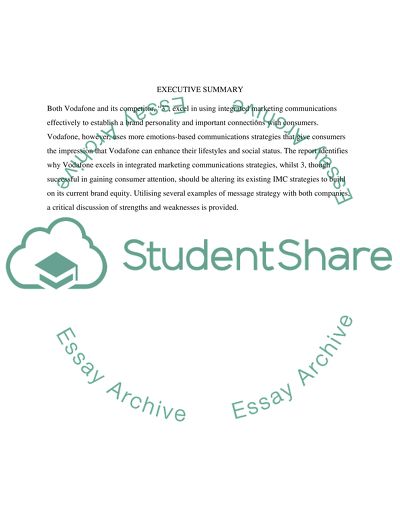Cite this document
(“Comparative analysis of integrated marketing communications mix Essay - 5”, n.d.)
Comparative analysis of integrated marketing communications mix Essay - 5. Retrieved from https://studentshare.org/marketing/1492324-comparative-analysis-of-integrated-marketing
Comparative analysis of integrated marketing communications mix Essay - 5. Retrieved from https://studentshare.org/marketing/1492324-comparative-analysis-of-integrated-marketing
(Comparative Analysis of Integrated Marketing Communications Mix Essay - 5)
Comparative Analysis of Integrated Marketing Communications Mix Essay - 5. https://studentshare.org/marketing/1492324-comparative-analysis-of-integrated-marketing.
Comparative Analysis of Integrated Marketing Communications Mix Essay - 5. https://studentshare.org/marketing/1492324-comparative-analysis-of-integrated-marketing.
“Comparative Analysis of Integrated Marketing Communications Mix Essay - 5”, n.d. https://studentshare.org/marketing/1492324-comparative-analysis-of-integrated-marketing.


